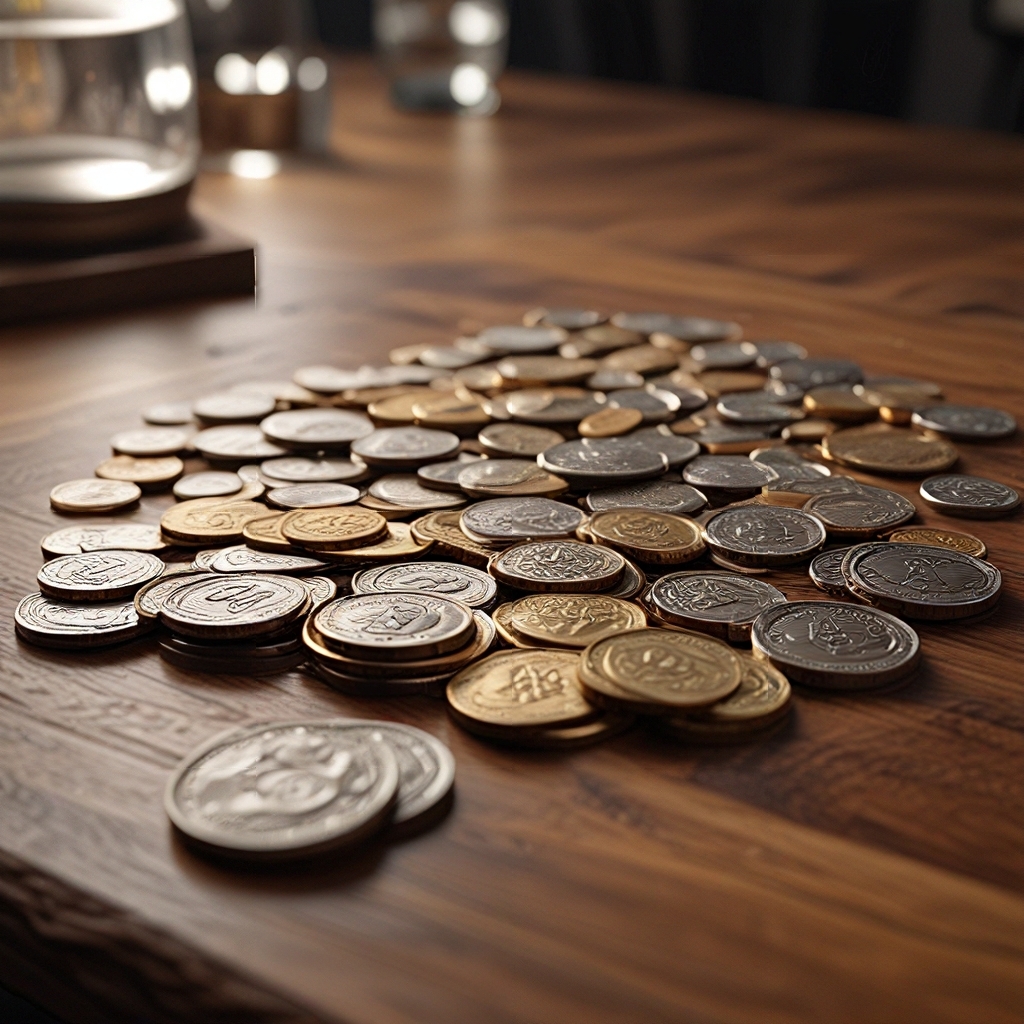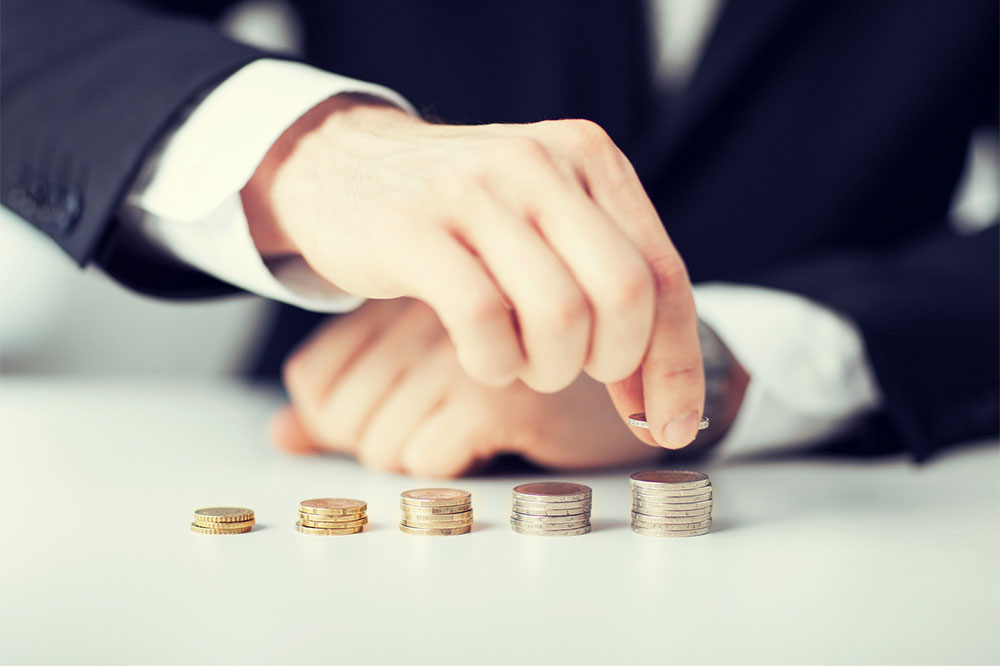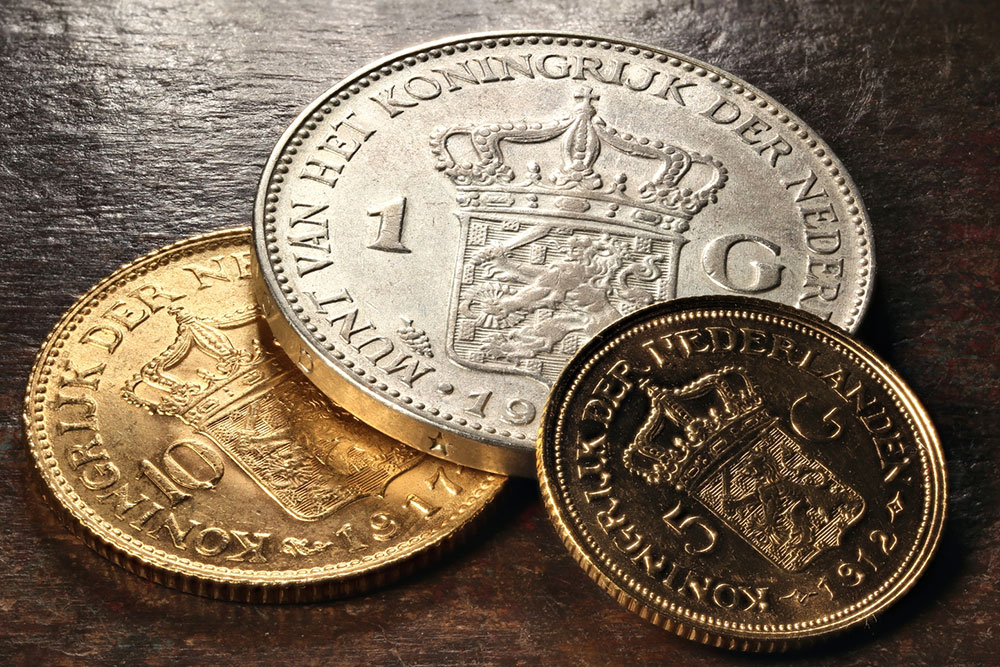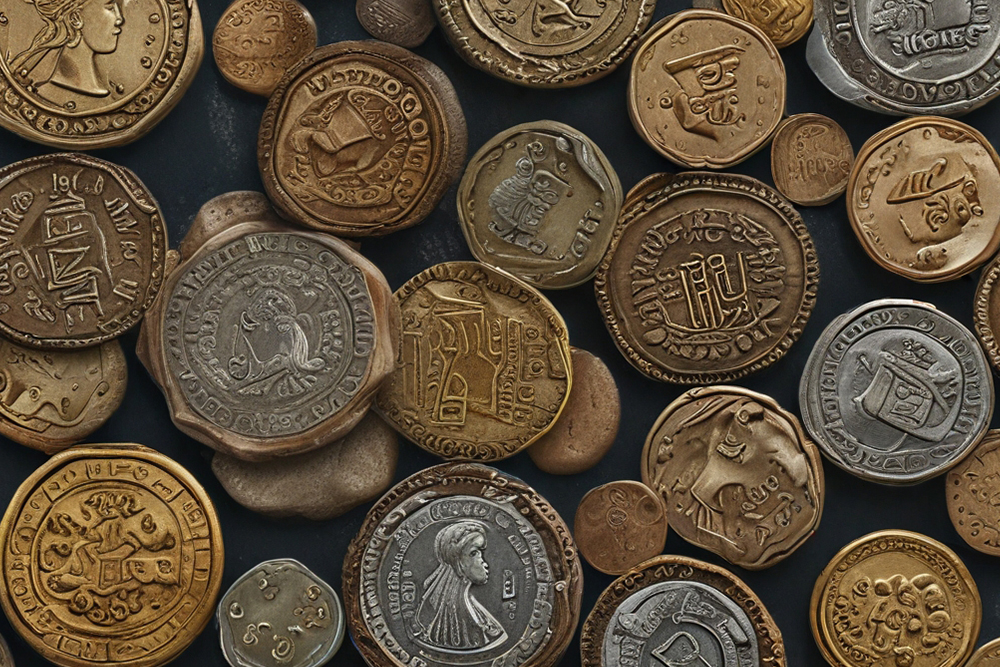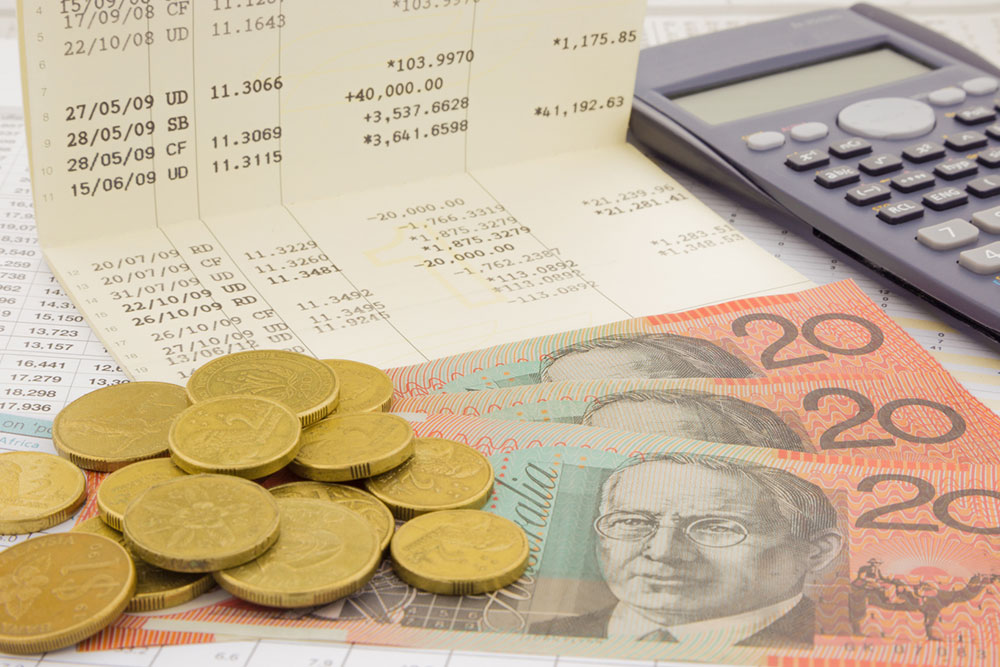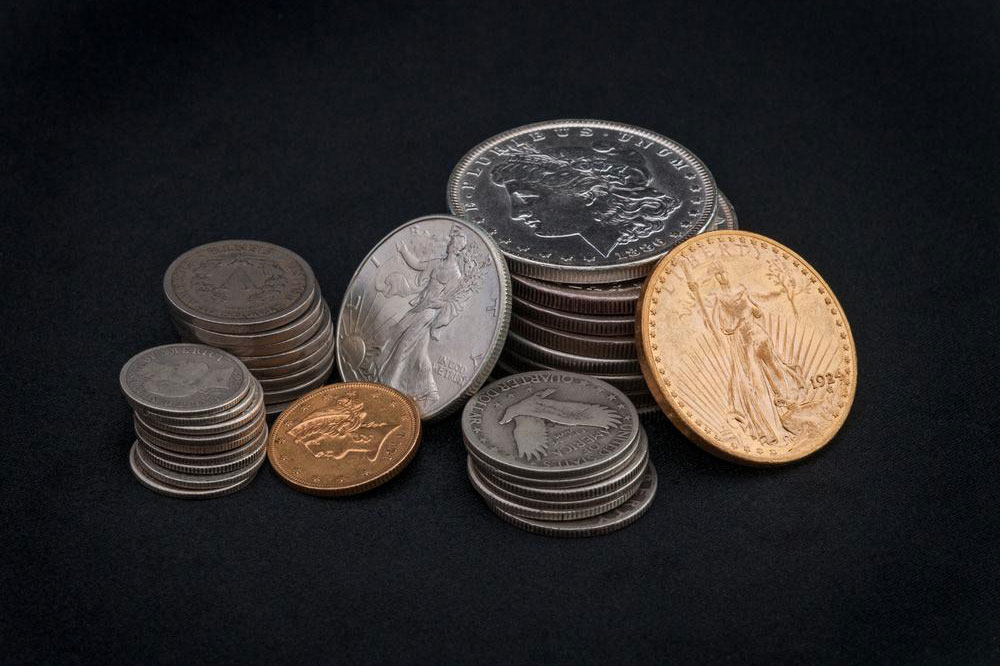Comprehensive Guide to Investing in Rare and Valuable Coins
This comprehensive guide offers essential insights into investing in rare coins, emphasizing authenticity, condition, and market trends. Learn how to identify high-value coins, understand pricing, and preserve your collection for optimal growth. Perfect for novices and seasoned collectors, this article highlights crucial tips for successful coin investment and collection management.
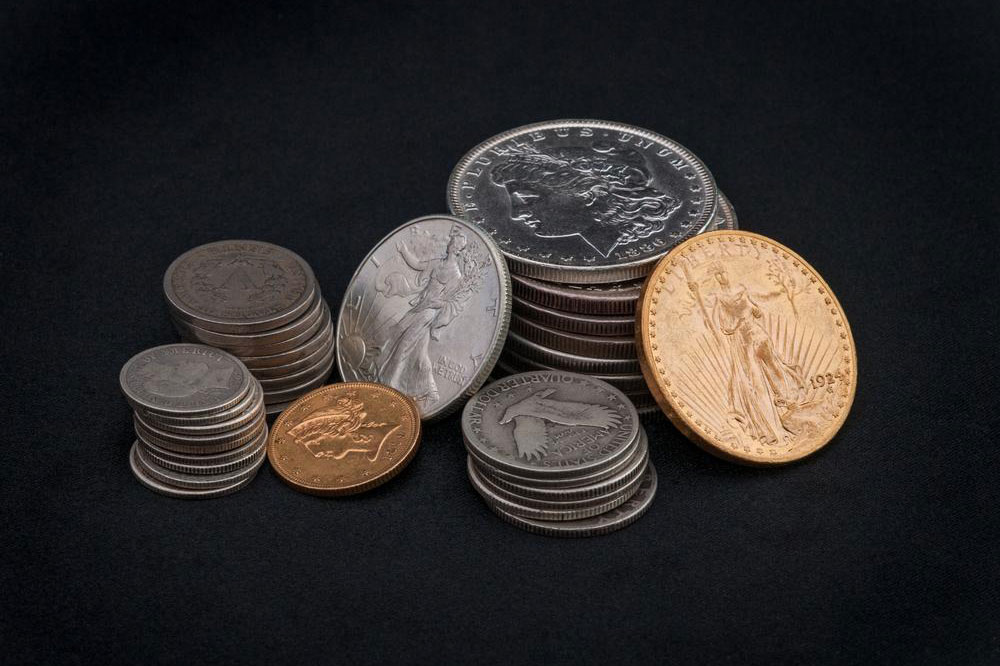
Comprehensive Guide to Investing in Rare and Valuable Coins
In today’s collectors’ market, certain coins have transcended their original face value, gaining significant appreciation in worth due to rarity, condition, and historical importance. While some rare coins might never reach multimillion-dollar auction results, they often serve as valuable assets for collateral, jewelry, or personal investment. The allure of these coins is driven by their visual appeal, historical significance, and potential for value growth over time. For enthusiasts and investors alike, understanding how to identify, evaluate, and purchase these coins is essential to maximize their investment and collection potential.
Understanding Market Value vs. Face Value
One of the foundational concepts in coin investment is distinguishing between a coin’s market price and its face value. The face value is the denomination inscribed on the coin — for example, one cent, five cents, or a dollar. The market value, however, is what a collector or investor is willing to pay in the current market, which often fluctuates based on rarity, condition, historical significance, and demand. Rare coins often trade well above their face value, especially if they are scarce or in exceptional condition.
Top High-Value Coins to Know in 2022 and Beyond
When venturing into the world of rare coin collecting or investing, sourcing authentic and graded coins from reputable dealers is paramount. Third-party grading services such as PCGS, NGC, or ANACS provide certification that validates a coin’s authenticity and condition, which greatly influences its market value.
1. 1909-S V.D.B. Lincoln Cent
This historic penny marked a significant redesign and features President Abraham Lincoln’s profile. Dedicated collectors look for specimens without flaws, with a lustrous surface and well-defined details that reflect pristine condition.
2. 1937-D Three-Legged Buffalo Nickel
This coin is famous for a minting error where one of the buffalo’s legs appears missing. Its rarity and unique error attract collectors willing to pay premium prices. Buyers should inspect carefully for scratches, polishing marks, or signs of cleaning that could diminish value.
Iconic Coins in American Numismatics
The Standing Liberty Quarter, introduced in 1916, is notable for its depiction of Lady Liberty. Early versions show her left breast, while later editions added a chain mail coat, perhaps reflecting wartime resilience or evolving symbolism. These coins are highly collectible, especially in pristine uncirculated condition.
The 1921 Peace Dollar, issued just after World War I, symbolizes hope and peace. Its high-relief design and silver content make it a favorite among collectors. These coins are relatively rare, especially in top condition, making them a valuable addition to serious collections.
Strategies to Determine Your Coin’s True Value
Several factors influence the worth of a coin, including rarity, demand among collectors, bullion prices, and overall condition. Understanding these elements is crucial for making informed purchasing and selling decisions.
Mint Marks and Detecting Errors
The mint mark indicates the facility where the coin was produced — for example, 'S' for San Francisco or 'D' for Denver. These marks can affect a coin's desirability and value. Additionally, minting errors like double strikes, planchet flaws, or misprints can exponentially increase a coin’s rarity and appeal, often fetching higher prices at auctions.
Consulting with Expert Numismatists
Professional appraisals from experienced coin dealers or certified graders provide reliability in valuation. They can authenticate your coins, identify subtle errors, and advise on preservation best practices to maintain or enhance value.
Using Market Data and Price Guides Effectively
Research is essential. Online auction platforms, coin price guides, and recent sale records help establish current market trends. As demand fluctuates, staying informed helps collectors and investors buy low and sell high.
Preservation Techniques and Collection Tips
Proper storage in holders, albums, or protective cases in a climate-controlled environment preserves a coin’s condition, significantly impacting its market price. Uncirculated coins or those with original mint luster command higher premiums, especially if kept in pristine, untouched states for decades.
The knowledge of how to properly evaluate, buy, and preserve rare coins not only enhances collection quality but also ensures that investments appreciate over time, making coin collecting a rewarding pursuit for enthusiasts and investors alike.